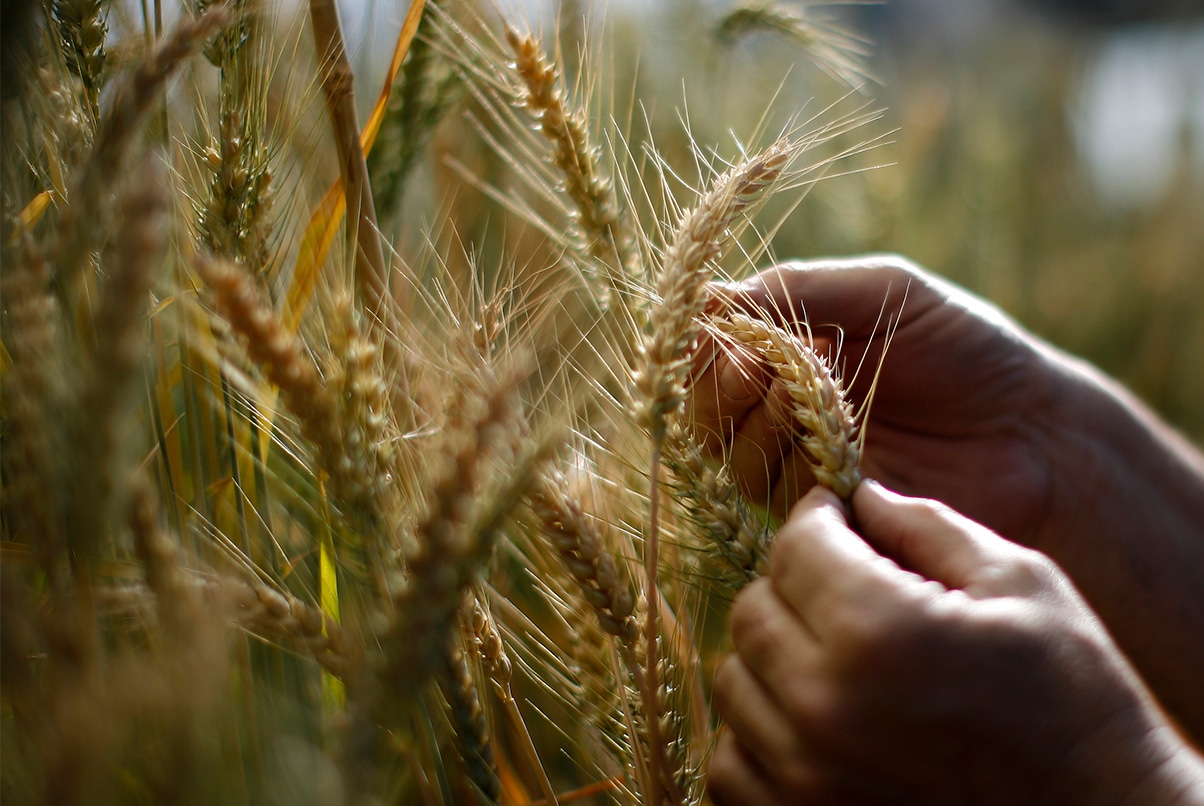- September 22, 2014
Opportunities for US-China Investments in Agricultural Innovation and New Technologies
Agricultural technology and innovation have been, and will continue to be, the principal means to meet these challenges. Put differently: producing more food with fewer resources, while mitigating natural resource degradation, will not occur without a virtuous cycle of creating and adopting new technologies, methods, and systems.
In this context, Kevin Kimle raises an important question for the United States and China: Are there opportunities to link investment activity in agricultural innovation—and connect the agricultural innovation engines of the two countries?
Kimle’s paper outlines four models that can link US and Chinese investment activity, particularly private sector investment, to help yield productive new avenues of commercial collaboration. All four of Kimle’s models focus on animal protein supply chain technologies. That is because agricultural innovation in this realm is of particular importance to demand side developments and rapidly changing consumption patterns in China.
Kimle’s models focus on early-stage agricultural business development activities, representing a new element of US-China private sector engagement. Although mergers and acquisitions (M&A) between US and Chinese agribusiness and food companies—for example, the recent acquisition of Smithfield Foods by Shuanghui—may continue to be an important part of strengthening agricultural ties, collaborative early-stage commercial activity promises to deliver more enduring impact. Connecting investors, business people, and entrepreneurs from both countries has the potential to build collective knowledge and imagination, resulting in greater indigenous agricultural innovation in both countries.
Stay Updated with MacroPolo
Get on our mailing list to keep up with our analysis and new products.
Subscribe

